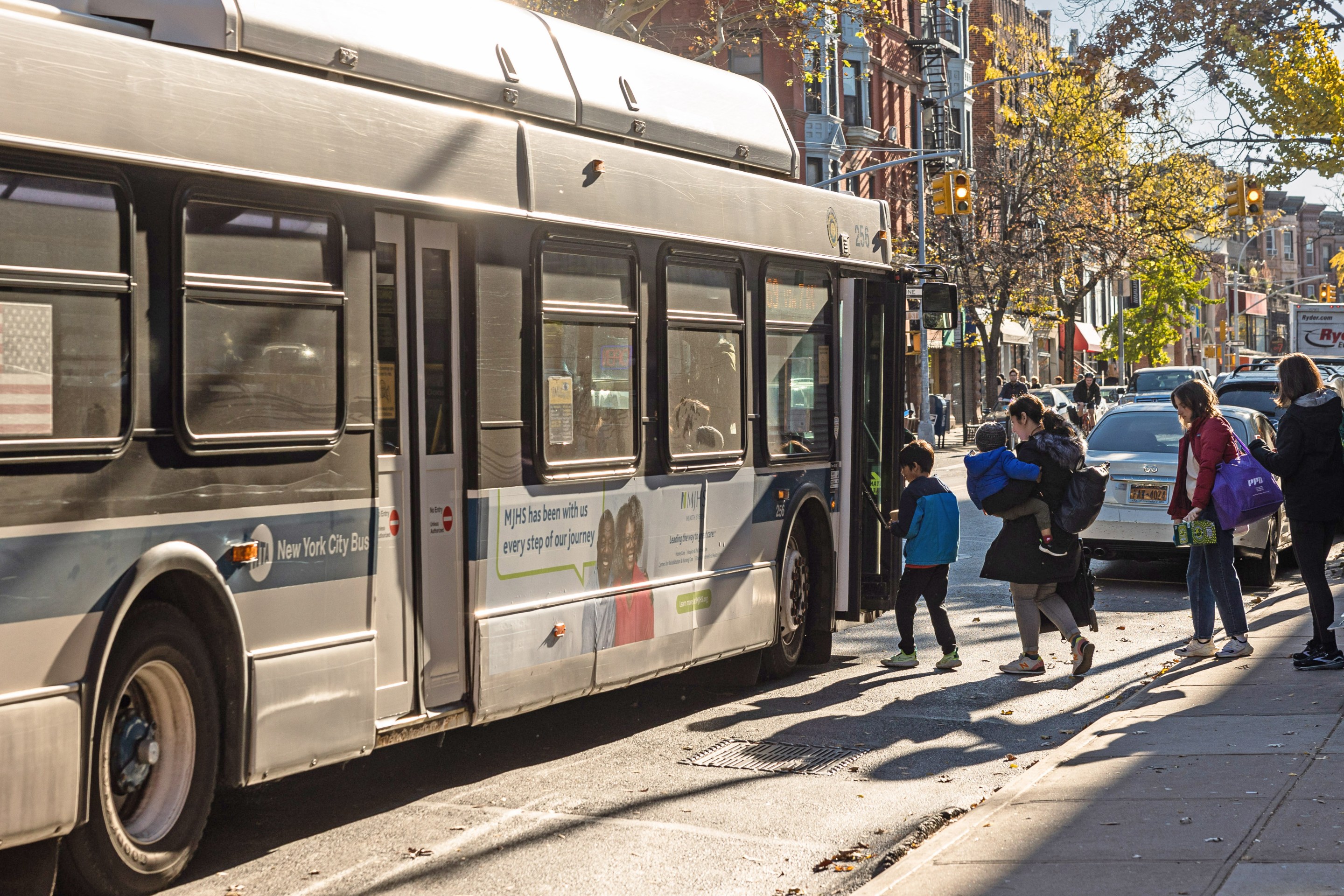Amazon wants employees at its new Northern Virginia headquarters to commute car-free to work. So does Arlington County, site of the new campus, which shares both the rich transit options and the oppressive traffic congestion of the greater Washington D.C. region.
So why does the development’s current design include an underground parking garage with nearly 2,000 spaces — guaranteeing that a significant chunk of Amazon’s workforce will drive to work?
In a neighborhood with thousands of current parking spaces available and many more planned, there’s a disconnect between the kind of place that residents, planners and Amazon say they want and the one emerging on paper.
“It’s safe to say there’s plenty of parking, almost too much parking, and abundant parking makes people drive,” said Jane Green, a resident of Arlington’s Pentagon City neighborhood, home to the first phase of the Amazon development. “How much are all the sustainable transportation amenities being undermined by the parking spaces?”
The Amazon garage is currently designed for 1,885 spaces, down from 1,951 in the first renderings. Advocates such as Chris Slatt, chairman of the Arlington County Transportation Commission, hope they can convince the company to think even smaller as plans for the two 22-story towers make their way through various county approvals. The development is scheduled for review from the Transportation Commission in late November, along with a review by the Planning Commission.
“I really want them to bring their receipts and say, ‘This is why we think we’ll have this many people who need to drive to work,’” said Slatt.

Yet the county’s 2019 zoning ordinance demonstrates how ingrained car culture is, even in an urbanized area with plentiful access to transit: “Virtually every land use in the county now requires, and in the foreseeable future will require, access by motor vehicles.” Its parking minimums vary, based on the size of the building, but they begin at one space per 250 square feet of the first floor of office buildings, or about 11 parking spaces for the average-sized convenience store.
For comparison, Washington, D.C.’s parking minimums start at about 1.4 spaces for that same convenience store.
Arlington County allows developers to build fewer spaces than required by code — and Amazon’s current design ratio is indeed below it. But in many cases, the county requires developers to pay for the privilege of not building parking — on the rationale that the prevailing alternative mode — transit — costs the county money to maintain and operate.
If Amazon’s ratio falls just a bit from where it stands now, the company could end up paying more to build less parking.
Access to high-quality, multi-modal public transit was one of the key reasons the company selected Northern Virginia last year for its second headquarters. The site, located between the Arlington communities of Pentagon City and Crystal City and Alexandria’s Potomac Yard neighborhood, was full of vacant warehouses not too long ago. The development’s first phase will be two million square feet, and Amazon expect 25,000 employees in the area by 2040.
The HQ2 is within walking distance of one current and one planned Metro station, a Virginia Railway Express station, local and regional buses, and bike infrastructure.
State and local officials have committed to $195 million in infrastructure improvements, including a new entrance at the Crystal City Metro station; upgrades to the railway station and tracks; sidewalk and traffic signal improvements; and protected bike lanes. Even a pedestrian bridge connecting the area to Reagan National Airport is in the works.
But parking spaces, both real and planned, are plentiful too: for example, the initial plan for a new Virginia Tech campus near Amazon includes more than 2,500 spaces, close to the maximum amount of parking allowed.
Everyone concedes Amazon has done a lot to encourage alternatives to driving, even if they disagree on whether it’s enough. The company will offer transit benefits, reserved spaces for carpoolers, and bike storage, showers and lockers for people who cycle to work. As in its Seattle headquarters, the expectation is that employees who drive alone to work to have the highest commuting costs. Amazon estimates that slightly less than half of HQ2 employees will drive to work at HQ2, similar to its Seattle workforce, and much lower than the 76.4 percent of workers nationwide who drive to work alone.
But there are missed opportunities from the company as well: for instance, advocates wanted the company to charge daily for parking, forcing drivers to pay every time they park. The company says it will charge monthly, but reimburse employees for days they don’t drive. (Neither the monthly fee nor the reimbursement amount has been set yet. It's also unclear how many workers will opt not to drive once they've paid for a month of parking, even if they can put in for reimbursement.)
Residents such as Green concede there’s no ideal ratio of parking that would please everyone, and the transition from an auto-dependent community to a transit-oriented one is bound to be rocky.
“The desire to reduce car reliance is absolutely a goal of the community, but we are still so tied to our cars,” she said. “How much should these buildings try to drive behavior and reduce single-occupancy vehicle use versus responding to where people are now? I think we want to make it easier for people to not drive, rather than make it painful for people to drive.”





